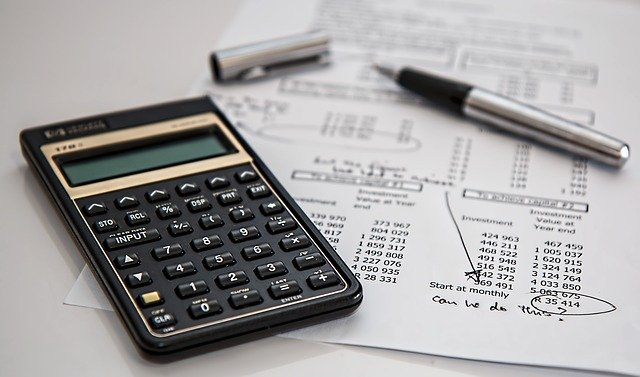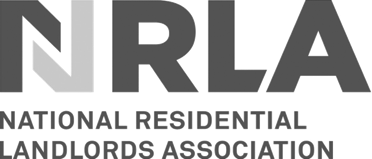What Expenses can a Landlord Offset Against Tax?
As a landlord, there are ways of reducing your tax bill by deducting some of the expenses incurred as a result of letting property. Read on to learn what these allowable landlord expenses are, what you can claim, and how to go about it.
As a landlord, there are ways of reducing your tax bill by deducting some of the expenses incurred as a result of letting property. Read on to learn what these allowable landlord expenses are, what you can claim, and how to go about it.
Generally, it is possible for landlords to claim many of the expenses associated with the running and maintenance of their rental properties. This will bring the overall tax bill down.
What are the allowable landlord expenses that can be claimed?
Providing they are incurred exclusively as a result of letting your property, the following expenses will be classed as allowable for tax:
- Landlord insurance
- Council tax
- Water rates
- Energy and heating
- Costs of services, e.g. tradespeople, gardeners and cleaners
- Accountant’s and bookkeeper’s fees
- Legal fees
- Letting agent fees
- Rents, ground rents and service charges
- Maintenance costs
- Marketing costs
- Administrative costs, e.g. phone calls, stationery and use of home as office
It is important to note that should only a proportion of the expense be associated with the rental, then only that proportion can be deducted from your income. Similarly, if you only let out part of a property, or only let a property for part of the year, then you will need to pro-rata your expenses.
It was previously the case that landlords could claim part of the interest paid on any buy-to-let mortgage they had. However, as of April 2020, this all came to an end. Instead, a tax-credit can be claimed. This is based on 20% of the mortgage interest payments. For higher-rate taxpayers, who used to enjoy 40 per cent tax relief on mortgage payments under the previous rules, this is not such a welcome change.
The change though only applies to private landlords. If you are running your property rental as a business, you can continue to deduct the mortgage repayments from your declared rental income. However, if this is a move you are considering, it is crucial that you take professional advice, because in some cases, you could end up worse off.
Can landlords deduct renovation costs for tax purposes?
It is not possible for landlords to deduct anything that could be considered capital expenditure. Renovating a property, extending or converting a loft for example, are not allowable expenses.
However, you can use such investments to bring down your Capital Gains Tax liability should you sell the property.
What about the fair wear and tear allowance?
It was previously the case that for furnished properties, it was possible to claim for the wear and tear of the likes of carpets and appliances. The wear and tear allowance allowed you to claim up to 10 per cent of the net annual rent.
Unfortunately, this relief has now been removed. You can however claim tax relief on the actual cost of furnishing a property for the first time, or when completely replacing an item with a brand new one.
What is ‘replacement of domestic items relief’?
The government has set down which items qualify for the replacement of domestic items relief. These include:
- Beds
- Carpets
- Curtains and blinds
- Appliances
- Furniture
- Crockery and cutlery
It is important to note that you are only allowed to claim on a like-for-like basis. If for example you purchased a new sofa worth £800, but you could have replaced the existing one for £600, then you will only be able to claim £600 relief. It is also possible to claim for disposal costs.
Keeping your landlord costs down with help from homes2let
Running rental properties can be expensive, and with less relief available than previously, many landlords are looking for ways to cut their costs and reduce their risk.
If you are seeking a way of reducing your rental property running costs, why not consider the homes2let guaranteed rent scheme? This is a way of letting your property to local authority tenants, with your rent paid every month by standing order on a guaranteed basis, even when you don’t have tenants in place. It’s a fully inclusive service, removing the likes of letting agent fees, legal costs, inventory charges and marketing costs.
To learn more about how our council guaranteed rent scheme could save you money as a landlord, and remove a great deal of hassle too, why not get in touch with our helpful team?
Related Insights

How has COVID-19 Changed Property Management?
Property services managers take care of a host of things, many of which have been impacted by the coronavirus pandemic. Let’s take a look at how COVID-19 has changed the various aspects of property management including safety checks and rent collection.

Converting a Residential Mortgage to Buy-to-Let: What You Need to Know
If you currently have a regular residential mortgage on your home, are moving out and want to let the existing one out, then you may be wondering if changing to a buy to let mortgage is possible. The answer is there are two main options. One is to obtain consent from your current lender to let your property out, or re-mortgage to a buy-to-let loan.

7 Ways to be a Good Landlord
With a reputation as a good landlord, you will inevitably attract a better class of tenants. There is however more to being a good landlord than simply responding to maintenance requests, although this is of course important. Let’s take a look at what goes into make a decent landlord, and how you can make it as a successful buy to let investor.







